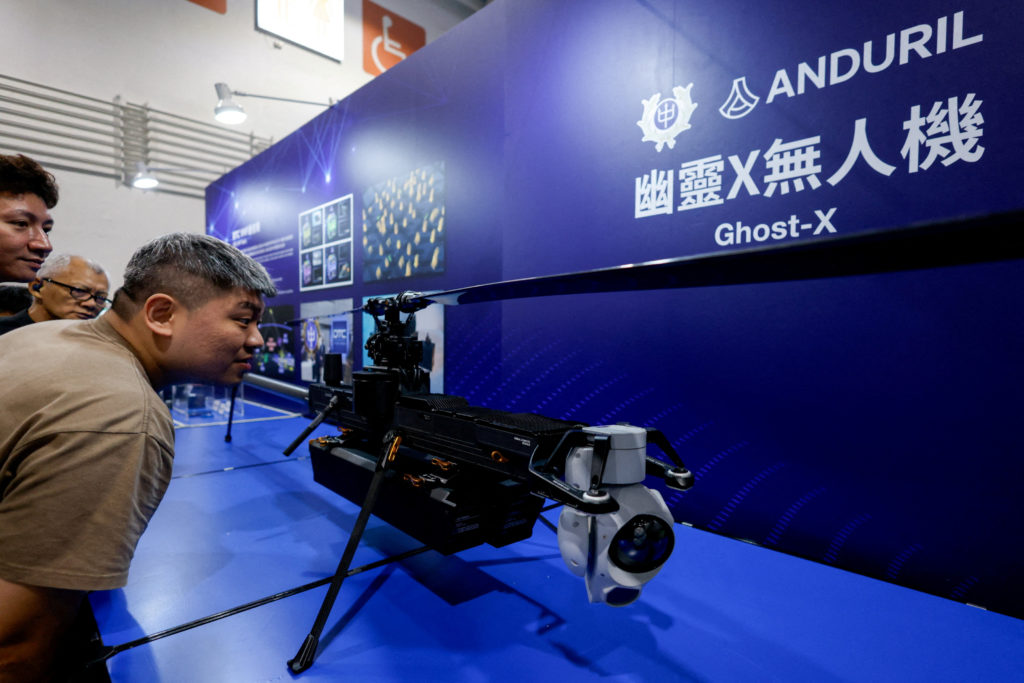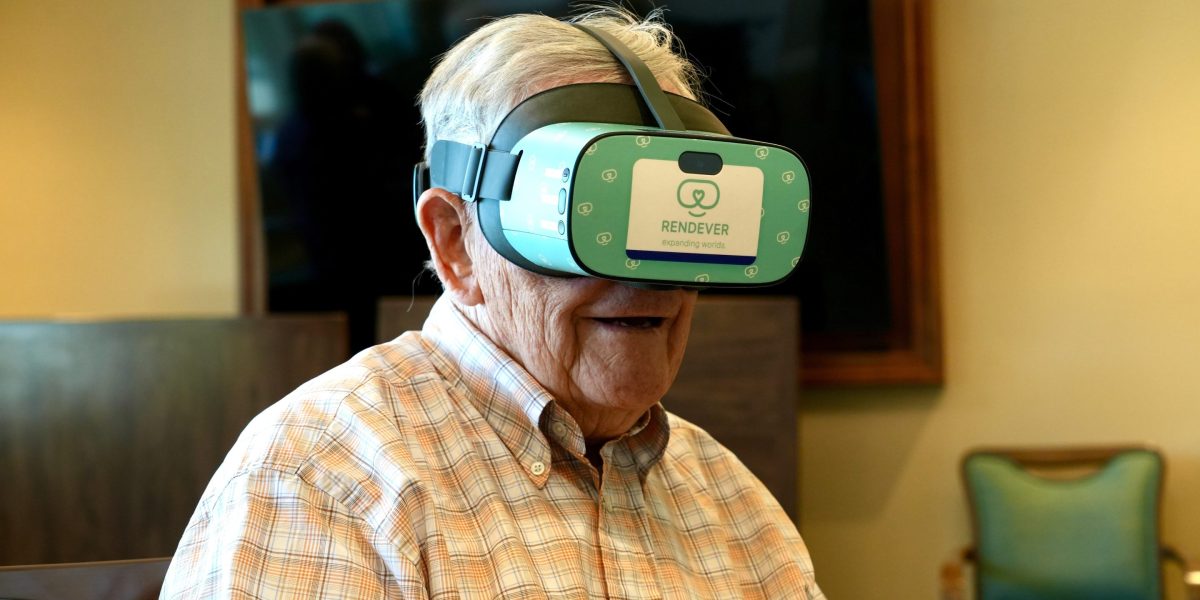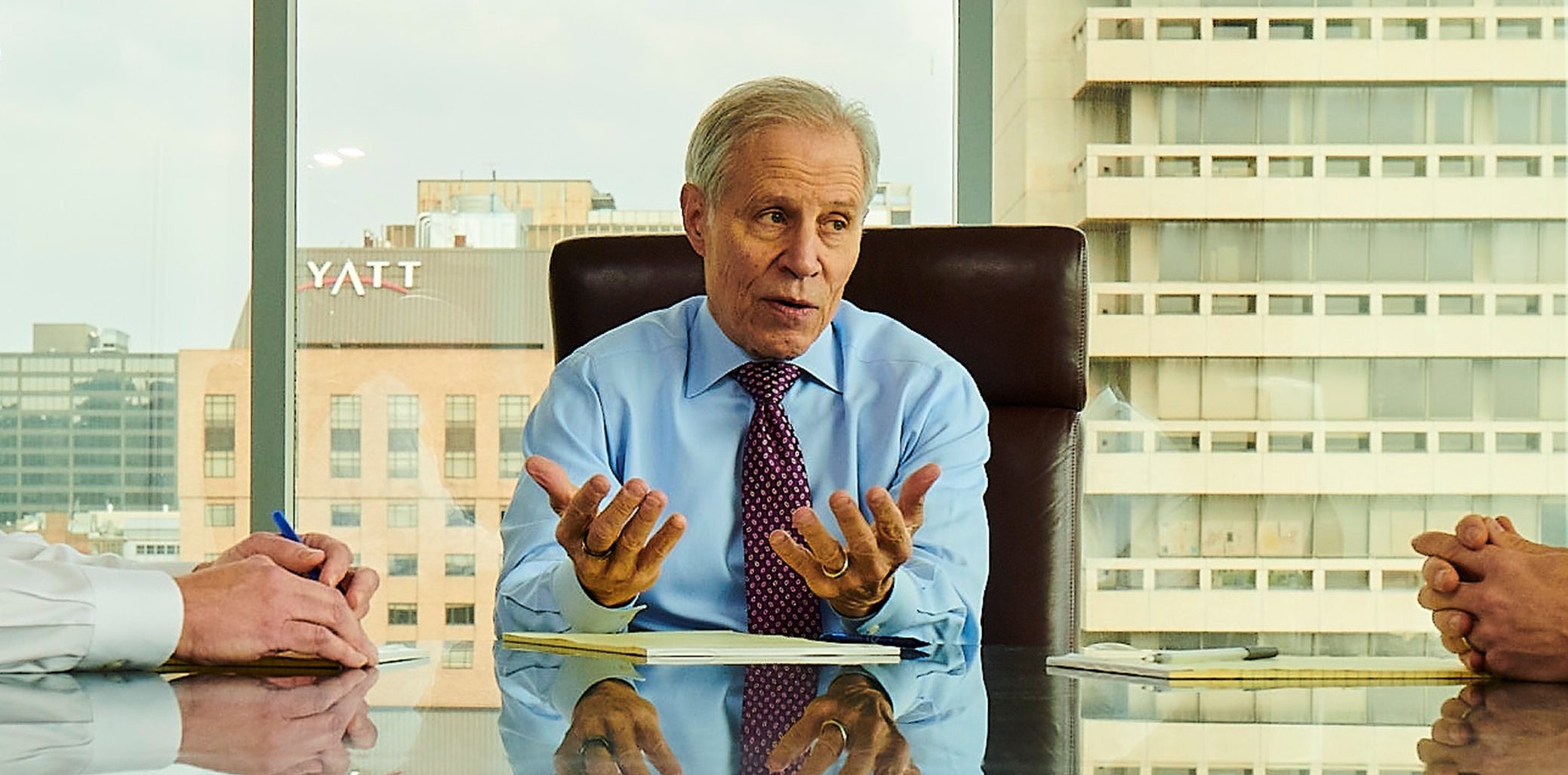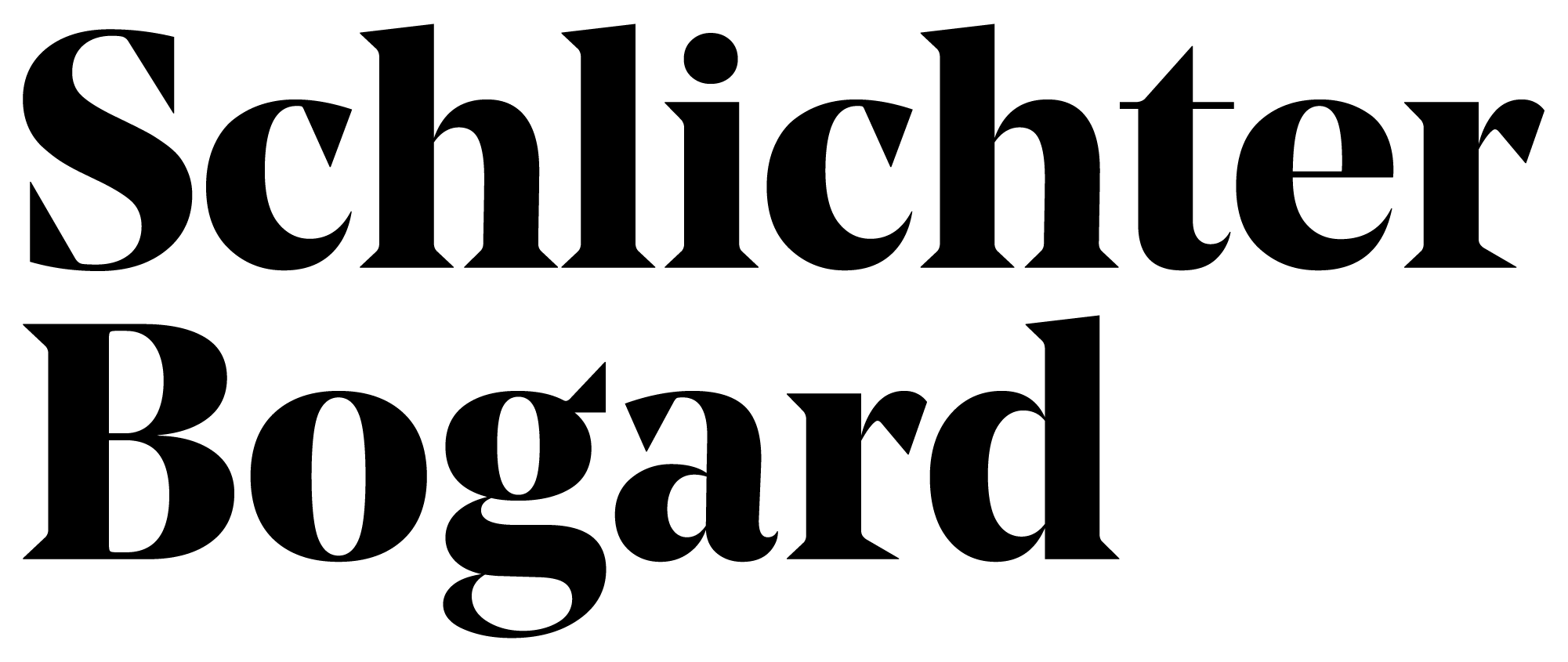As part of the various end-of-year benchmarking comparisons on Phoronix and with Linux 6.19 switching older AMD GCN 1.0/1.1 graphics cards to the AMDGPU driver by default, I planned for a very large AMD Radeon graphics card comparison on the…
Blog
-

Perseverance continues science mission amid uncertainty about Mars Sample Return
NEW ORLEANS — NASA’s Perseverance Mars rover is continuing its mission to collect samples despite uncertainty about how, when or even if those samples will be returned to Earth.
At a press briefing during the Annual Meeting of the…
Continue Reading
-

Samsung To Operate a Standalone Exhibition Hall at CES 2026 That Delivers an AI Ecosystem Experience
Corporate
Showcase to transform the exhibition paradigm through immersive experiences and Tech Forums that feature thought leadership panels
12/26/2025
Samsung Electronics today announced that it will boldly break away from the conventional exhibition framework and present a new exhibition paradigm with The First Look at CES 2026, the world’s largest consumer electronics show, to be held in Las Vegas, Nevada on Jan. 6–9.
For The First Look, the company is shifting from operating a public booth within the Las Vegas Convention Center (LVCC) to establishing a standalone exhibition hall at The Wynn Las Vegas. There, Samsung will curate an experience that adopts techniques used in art galleries and museums to unveil its new products and technologies.
To this end, the company has built its exhibition space, the Samsung Exhibition Zone, on an industry-leading scale, enabling all activities — product exhibitions, presentations, events, technology forums and consultations with key clients and partners — to be conducted organically in a single integrated location. The Exhibition Zone reflects Samsung’s strong commitment to transforming the exhibition paradigm beyond a simple change of venue, toward an approach centered around the customer experience.
Beyond Simple Lineups: Experiencing the Essence of AI in a Well-Curated Space
At CES 2026, Samsung will present its unified AI approach for its Device eXperience (DX) Division and articulate the company’s overall business direction. It is because of this ambitious vision that the company has chosen to establish an industry-leading, large-scale premium standalone exhibition space at The Wynn. There, Samsung will have no limitations when showcasing its industry-leading innovations and will be able to fully convey its overall AI strategy and vision — and the real-life value it can bring to consumers.
The First Look event has been designed to demonstrate how Samsung’s technology transforms lives, moving beyond only showcasing new product features. To realize a fully immersive environment, the exhibition will provide minimized congestion and enhanced programming for a deeper, more meaningful visitor experience.
A Grand Showcase of Samsung AI at the Industry’s Largest Space
Through carefully curated storytelling, Samsung’s Exhibition Zone has been designed to allow visitors to intuitively engage with Samsung’s AI innovation, current key technologies and future direction. Under the theme of “Your Companion to AI Living,” the exhibition showcases how Samsung has extensively applied AI technologies not only across all its product categories — including mobile, home appliances and displays — but also the functions and services that connect them. Visitors will be able to experience these differentiated AI capabilities, which offer seamless, always-on connectivity anytime and anywhere. This hyper-connected ecosystem, where software and AI work together to overcome the normal limits of hardware, is something that only Samsung can deliver.
New Tech Forums Spotlight Recent Industry Trends and Technologies
At CES 2026, Samsung will also host a series of Tech Forum panel discussions dedicated to exploring the latest industry trends and future technologies. The panels will be held over two days on Jan. 5–6 (local time), and will consist of four sessions centered on AI, home appliances, services and design.
Each session will feature both Samsung experts and participants from partner companies, academia, media and the analyst community, who will engage in in-depth discussions on industry trends — as well as new technologies and the future of the industry.
To learn more about The First Look, visit Samsung Newsroom’s CES 2026 landing page.
Continue Reading
-

China sanctions 20 U.S. defense companies and 10 executives over Taiwan arms sale
BEIJING (AP) — Beijing imposed sanctions on Friday against 20 U.S. defense-related companies and 10 executives, a week after Washington announced large-scale arms sales to Taiwan.
The sanctions entail freezing the…
Continue Reading
-

Pitt Set for Midlands Championship
PITTSBURGH – The Pitt wrestling team have 16 Panthers set to compete at the annual Ken Kraft Midlands Championships, hosted by Northwestern, at Ryan Fieldhouse in Evanston, Ill. from December 29-30.
The Panthers will close out the calendar…
Continue Reading
-

Down Arrow Button Icon
Like many retirement communities, The Terraces serves as a tranquil refuge for a nucleus of older people who no longer can travel to faraway places or engage in bold adventures.
But they can still be thrust back to their days of wanderlust…
Continue Reading
-

Jerry Schlichter Named to Missouri Lawyers Weekly’s 2025 Power 100 List
Jerry Schlichter Named to Missouri Lawyers Weekly’s 2025 Power 100 List – Schlichter Bogard LLC
Skip to contentMissouri Lawyers Weekly has again named Jerry Schlichter to its 2025 POWER List, an annual selection by the publication’s editorial team recognizing 100 leading attorneys across Missouri and surrounding metro areas.
Please join us in congratulating Jerry on this achievement.
For more information about Schlichter Bogard’s financial products and services practice please contact us at 800-USE-LAWS (873-5297) or via email at contact@uselaws.com.

Continue Reading
-

Fighting to Keep Bad Patents in Check: 2025 in Review
A functioning patent system depends on one basic principle: bad patents must be challengeable. In 2025, that principle was repeatedly tested—by Congress, by the U.S. Patent and Trademark Office (USPTO), and by a small number of large patent owners determined to weaken public challenges.
Two damaging bills, PERA and PREVAIL, were reintroduced in Congress. At the same time, USPTO attempted a sweeping rollback of inter partes review (IPR), one of the most important mechanisms for challenging wrongly granted patents.
EFF pushed back—on Capitol Hill, inside the Patent Office, and alongside thousands of supporters who made their voices impossible to ignore.
Congress Weighed Bills That Would Undo Core Safeguards
The Patent Eligibility Restoration Act, or PERA, would overturn the Supreme Court’s Alice and Myriad decisions—reviving patents on abstract software ideas, and even allowing patents on isolated human genes. PREVAIL, introduced by the same main sponsors in Congress, would seriously weaken the IPR process by raising the burden of proof, limiting who can file challenges, forcing petitioners to surrender court defenses, and giving patent owners new ways to rewrite their claims mid-review.
Together, these bills would have dismantled much of the progress made over the last decade.
We reminded Congress that abstract software patents—like those we’ve seen on online photo contests, upselling prompts, matchmaking, and scavenger hunts—are exactly the kind of junk claims patent trolls use to threaten creators and small developers. We also pointed out that if PREVAIL had been law in 2013, EFF could not have brought the IPR that crushed the so-called “podcasting patent.”
EFF’s supporters amplified our message, sending thousands of messages to Congress urging lawmakers to reject these bills. The result: neither bill advanced to the full committee. The effort to rewrite patent law behind closed doors stalled out once public debate caught up with it.
Patent Office Shifts To An “Era of No”
Congress’ push from the outside was stymied, at least for now. Unfortunately, what may prove far more effective is the push from within by new USPTO leadership, which is working to dismantle systems and safeguards that protect the public from the worst patents.
Early in the year, the Patent Office signaled it would once again lean more heavily on procedural denials, reviving an approach that allowed patent challenges to be thrown out basically whenever there was an ongoing court case involving the same patent. But the most consequential move came later: a sweeping proposal unveiled in October that would make IPR nearly unusable for those who need it most.
2025 also marked a sharp practical shift inside the agency. Newly appointed USPTO Director John Squires took personal control of IPR institution decisions, and rejected all 34 of the first IPR petitions that came across his desk. As one leading patent blog put it, an “era of no” has been ushered in at the Patent Office.
The October Rulemaking: Making Bad Patents Untouchable
The USPTO’s proposed rule changes would:
- Force defendants to surrender their court defenses if they use IPR—an intense burden for anyone actually facing a lawsuit.
- Make patents effectively unchallengeable after a single prior dispute, even if that challenge was limited, incomplete, or years out of date.
- Block IPR entirely if a district court case is projected to move faster than the Patent Trial and Appeal Board (PTAB).
These changes wouldn’t “balance” the system as USPTO claims—they would make bad patents effectively untouchable. Patent trolls and aggressive licensors would be insulated, while the public would face higher costs and fewer options to fight back.
We sounded the alarm on these proposed rules and asked supporters to register their opposition. More than 4,000 of you did—thank you! Overall, more than 11,000 comments were submitted. An analysis of the comments shows that stakeholders and the public overwhelmingly oppose the proposal, with 97% of comments weighing in against it.
In those comments, small business owners described being hit with vague patents they could never afford to fight in court. Developers and open-source contributors explained that IPR is often the only realistic check on bad software patents. Leading academics, patient-advocacy groups, and major tech-community institutions echoed the same point: you cannot issue hundreds of thousands of patents a year and then block one of the only mechanisms that corrects the mistakes.
The Linux Foundation warned that the rules “would effectively remove IPRs as a viable mechanism” for developers.
GitHub emphasized the increased risk and litigation cost for open-source communities.
Twenty-two patent law professors called the proposal unlawful and harmful to innovation.
Patients for Affordable Drugs detailed the real-world impact of striking invalid pharmaceutical patents, showing that drug prices can plummet once junk patents are removed.
Heading Into 2026
The USPTO now faces thousands of substantive comments. Whether the agency backs off or tries to push ahead, EFF will stay engaged. Congress may also revisit PERA, PREVAIL, or similar proposals next year. Some patent owners will continue to push for rules that shield low-quality patents from any meaningful review.
But 2025 proved something important: When people understand how patent abuse affects developers, small businesses, patients, and creators, they show up—and when they do, their actions can shape what happens next.
This article is part of our Year in Review series. Read other articles about the fight for digital rights in 2025.
Continue Reading
-
Pakistan summons UK diplomat over a threat to army chief during a rally – The Hill
- Pakistan summons UK diplomat over a threat to army chief during a rally The Hill
- PTI deletes X post of ‘provocative’ Bradford demonstration, says it does not endorse unlawful behaviour of any kind Dawn
- PTI deletes Bradford protest video after…
Continue Reading



